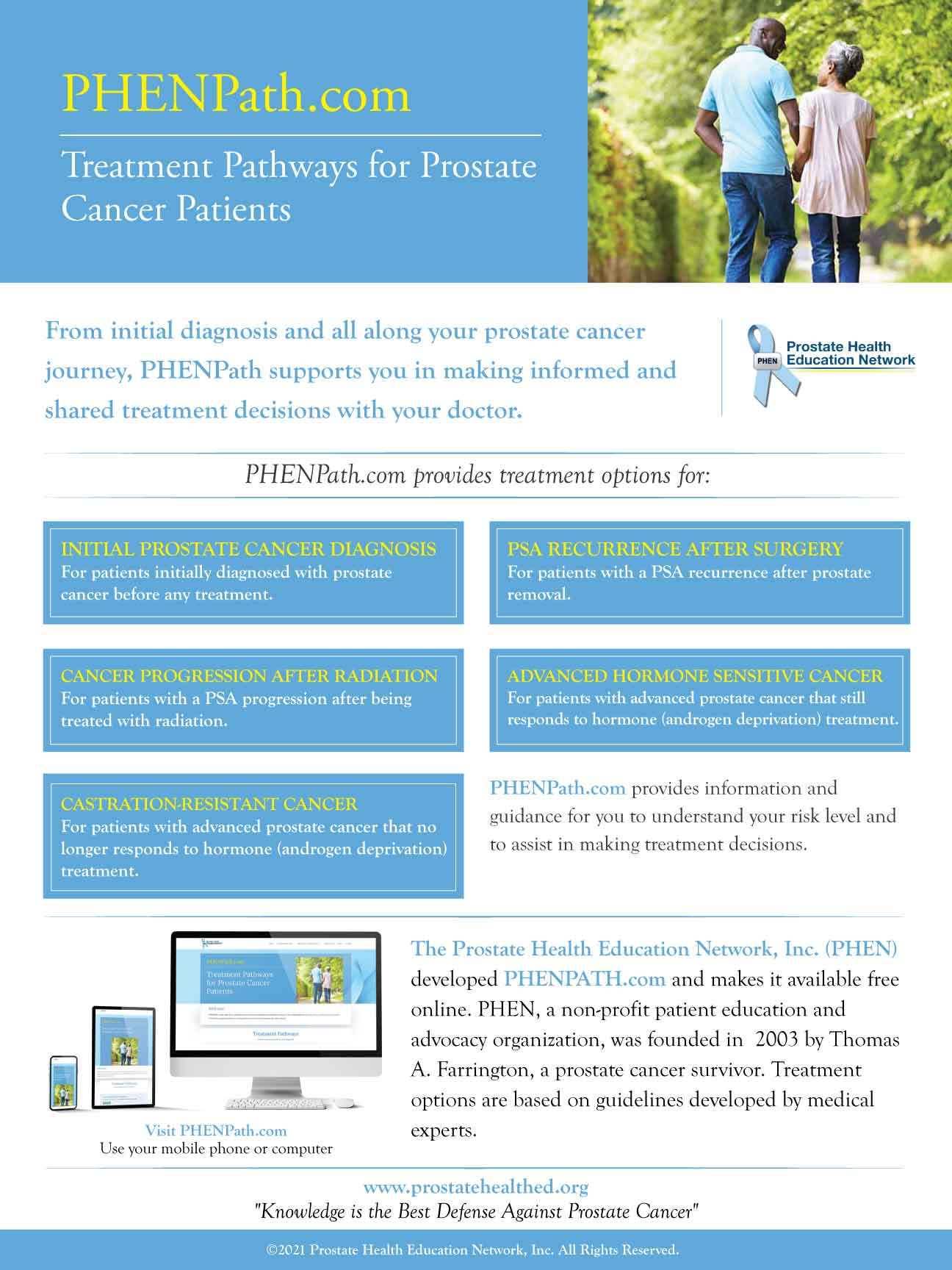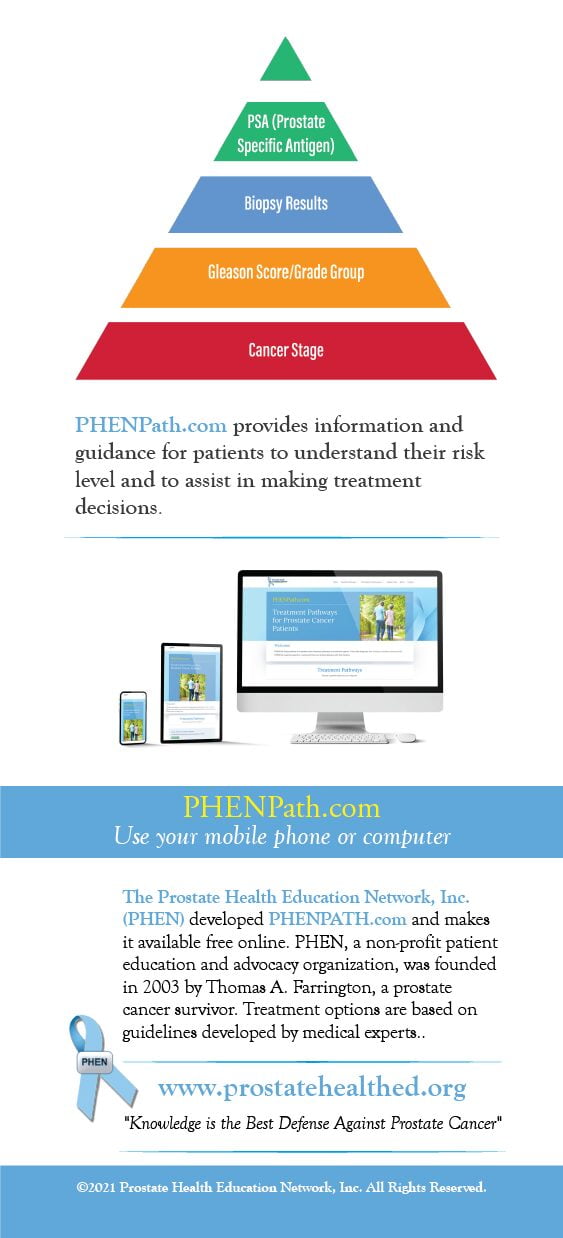The Prostate
What is the Prostate?
The male reproductive system is composed of the the penis, prostate, and testicles. The prostate is found below the bladder and in front of the rectum. It produces liquid that makes up a part of semen.
How Big is the Prostate?
It is about the size of a walnut and surrounds the tube (urethra) that empties urine from the bladder.
What is Prostate Cancer?
Prostate cancer is the most common cancer in African American men and second to skin cancer in Caucasian men. The most common form of cancer in the prostate is adenocarcinoma, which normally is a slow growing cancer.
How is Prostate Cancer Detected?
Prostate cancer is normally detected with a Prostate-specific antigen (PSA) test and digital rectal examination (DRE).
Men typically begin early detection for prostate cancer between ages of 40 and 50 depending upon their risk for being diagnosed with the disease. The PSA test and DRE are used for early detection.
What is a PSA Test?
Prostate-specific antigen (PSA) is a protein produced by normal, as well as cancerous cells of the prostate. The PSA test was approved by the FDA to monitor the prostate cancer growth but is also used for early detection.
PSA test requires that your blood to be drawn and sent to a laboratory for measurements.
PSA is not just elevated in men with prostate cancer, it is also found in men with benign (not cancerous) problems. An example of which is benign prostate hyperplasia (BPH) (enlargement of the prostate). There is no evidence suggesting that BPH leads to prostate cancer.
Digital Rectal Exam (DRE)
Doctors examine the prostate by inserting a lubricated-gloved finger into the rectum to feel for irregularities in the prostate. This examination is called the digital rectal examination (DRE).
IMPORTANT:
This information is provided for educational purposes only to support patients in understanding and discussing appropriate treatment options with their doctors. Included is information from treatment guidelines for doctors and other sources. However, this information should not be considered as patient treatment guidelines or recommendations, but as educational materials only. Patients should discuss treatments identified herein with their doctors to understand the risks and benefits of each based on their personal diagnosis. Treatment decisions should only be made between the patient and his doctor.










